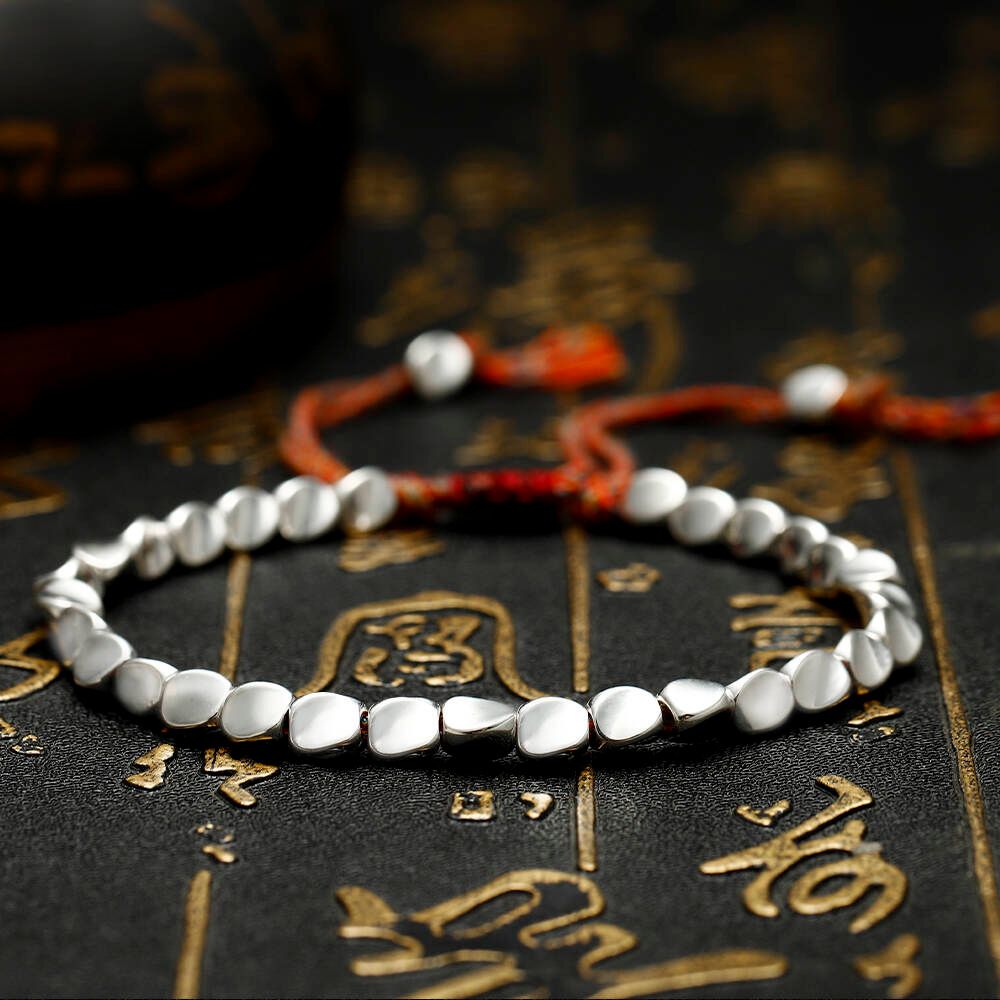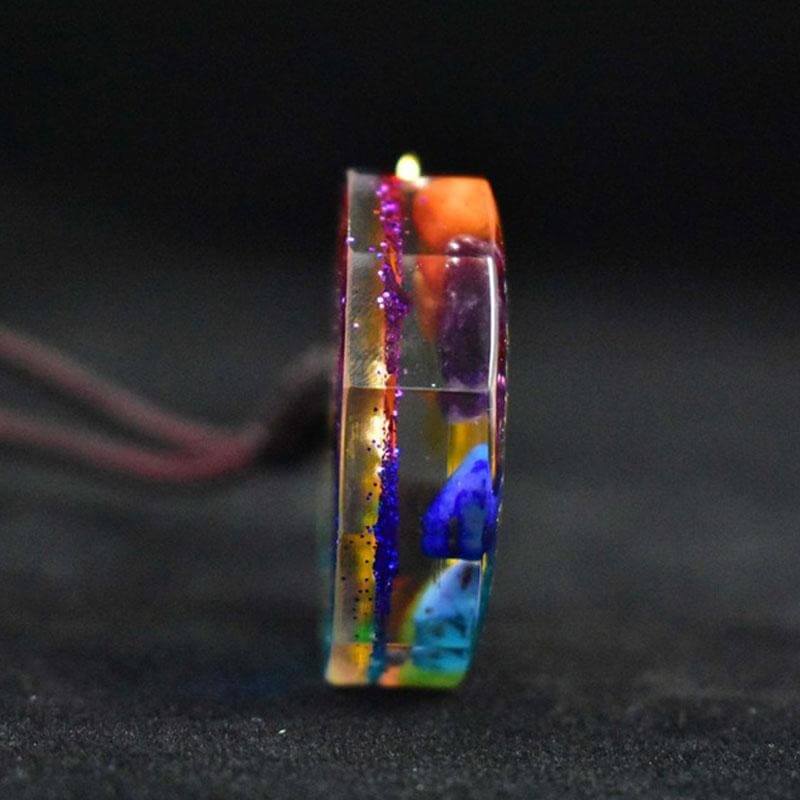What Is Pyrite and Why Do People Value It?
Pyrite, often called “fool’s gold,” is a naturally occurring mineral known for its metallic luster and golden hue. Though it lacks the intrinsic value of real gold, pyrite is still worth money—especially in the metaphysical, collector, and jewelry markets.
Unlike many other common minerals, pyrite's worth goes beyond simple aesthetics. It holds symbolic meaning for abundance and manifestation, making it a staple in spiritual healing practices. If you're a fan of crystal healing, you’ll find pyrite jewelry like this wealth bracelet extremely popular.
How Much Is Pyrite Worth on the Market?
Pyrite's market value depends on:
-
Quality and formation
-
Size of the specimen
-
Market demand and location
-
Associated minerals
-
Purpose (jewelry, collection, or metaphysical use)
Prices can range from a few dollars for rough chunks to hundreds for polished, high-grade crystal clusters.
Price Range by Pyrite Quality
Low-Quality Pyrite
-
Price: $1 to $10 per specimen
-
Common Traits:
-
Small pieces or fragments
-
Dull luster or faded coloring
-
Found in mixed rock batches
-
Best For: Beginners, educational kits, or metaphysical grid work
Low-quality pyrite is often sold in bulk or rough form. You’ll typically find these in beginner’s sets or used for ritual cleansing and manifestation layouts.
Medium-Quality Pyrite
-
Price: $10 to $50 per piece
-
Common Traits:
-
Brighter gold tones
-
Semi-polished edges or cubic formations
-
Often used in crystal bracelets and altars
This is the most common pyrite tier you’ll see in crystals for attracting wealth, especially in jewelry and spiritual gift shops.
High-Quality Pyrite
-
Price: $50 to $200+ per piece or cluster
-
Common Traits:
-
Large, geometrically defined crystals
-
Polished surface with strong golden shine
-
Often paired with quartz or calcite
These specimens are prized by collectors and energy workers alike. If you’re working on serious manifestation, a large raw pyrite cluster can be a powerful centerpiece in your altar.
How Pyrite’s Shape Affects Value
Cubic Formations
Cubic or perfect pyrite crystals are rare in nature. When found, they can command significantly higher prices. These symmetrical forms are believed to amplify focus and manifestation during meditation.
Cluster Specimens
Large pyrite clusters, especially those paired with other minerals, are sought after by collectors. These multi-point pieces often reflect higher energy potential, increasing their spiritual and monetary value.
Tumbled or Polished Stones
Polished pyrite is used in jewelry, worry stones, and Feng Shui applications. Because of their refined appearance, they are priced higher per gram than rough chunks.
Pyrite for Metaphysical and Feng Shui Use
In spiritual practices, pyrite is regarded as a stone of luck, confidence, and abundance. These beliefs significantly impact the value of pyrite on the metaphysical market.
People buy pyrite for:
-
Abundance rituals
-
Protection from negative energy
-
Boosting personal power and clarity
-
Feng Shui wealth corner activators
If you're cleansing pyrite before use, you can refer to our guide on how to charge crystals using sunlight and sound.
How to Know If Your Pyrite Is Valuable
Inspect Its Shine and Structure
Real, valuable pyrite will have a brilliant metallic luster. When held under light, it should sparkle like gold—hence its nickname. Look for sharp edges and defined cubic shapes.
Check for Crystal Symmetry
Symmetry adds significant value. The more perfect the cube, the more desirable your specimen.
Pairing with Other Minerals
Pyrite combined with quartz or galena increases its overall value, especially if the formation is natural and undamaged.
Where to Buy Authentic Pyrite
You can find pyrite at:
-
Crystal and metaphysical stores
-
Mineral trade shows
-
Reputable online retailers like Buddha & Karma
Ensure sellers provide details on origin, grade, and whether the stone is natural or treated. For authentic pieces, our pyrite jewelry and stones collection is ethically sourced and energetically cleansed.
Can You Make Money Selling Pyrite?
Yes—if you source high-quality pyrite, polish or set it in jewelry, and tap into the crystal healing or metaphysical niche, you can turn a profit.
Tips for selling:
-
Offer certified information about its origin
-
Present well-lit photos showing luster and size
-
Emphasize metaphysical properties in your marketing
-
Bundle with similar crystals like citrine or tiger’s eye
Pyrite jewelry is consistently one of the top-selling stones in energy work.
Final Thoughts — Is Pyrite Worth Collecting or Investing In?
Although it's not gold, pyrite is worth money in the collector and metaphysical communities. With prices reaching up to $200 for large, well-formed specimens, it’s not just "fool’s gold" anymore.
Whether you're wearing it for spiritual protection or adding it to your wealth altar, pyrite jewelry and clusters are valuable investments—both energetically and financially.
Summary Table: How Much Is Pyrite Worth?
|
Quality |
Price Range |
Common Uses |
|
Low |
$1 – $10 |
Educational kits, raw decor |
|
Medium |
$10 – $50 |
Jewelry, altar pieces |
|
High |
$50 – $200+ |
Collectibles, large clusters |














Solo me gustaria saber..para qu se usa la pirita y que valor tiene hoy en dia….soy de amazonaz venezuela.
Leave a comment